With the Premier League title now won, it’s fitting that the Reds produced a top-class performance just before our superiority was confirmed.
Mentally, physically, technically, and tactically, it was a reminder of what Liverpool are all about. A much-needed one at that, especially given some of the dour displays on show in the Premier League since its return.
It was reassuring that the champions in waiting were able to show the reason they are.
It wasn’t quite a Leicester away moment, or the second half of Southampton at home, but it might have been had fans been present. The performance was certainly up there.
After three months and two weeks away from football many non-Liverpool fans, and maybe a few Liverpool fans, will have forgotten how good this Liverpool team have been this season, especially as the enforced pause in the campaign followed their worst run of form.
But the game against Palace was a reminder of why this team is the best in the land by some distance.
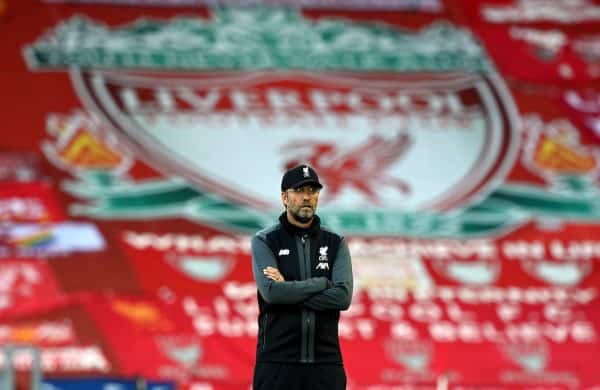
Klopp said he wanted his side play some of the best football ever seen behind closed doors, partly because he doesn’t want to see games without supporters present for much longer, and partly because he wanted Liverpool to win the title ASAP.
For the remainder of 2020 he wants Liverpool to be the best team ever in such circumstances. New motivation.
“It was for sure today the best counter-pressing game I ever saw behind closed doors,” Klopp said after the game. “It was exceptional.”
This counter-pressing was the driving force behind what was probably Liverpool’s best defensive display of the season.
Statistically, it was their finest of 19/20 in terms of xG conceded at just 0.06 (Understat). The next lowest xG conceded was 0.12 in that aforementioned game against Leicester (which was also Liverpool’s highest xG score of the season, 3.77).
It was also the first time since Opta started collecting data in 2008 that a team didn’t have a touch in the opposition box —- as per their definitions, where ‘touches’ can more accurately be termed ‘actions’. Andros Townsend did touch the ball in the Liverpool box, but it was to carry it out under pressure from Virgil van Dijk and wasn’t classed as an action.
0 – Crystal Palace failed to record a single touch in the opposition box against Liverpool, the first side to do so in a Premier League match since Opta have full data for this statistic (2008-09). Distancing. pic.twitter.com/RwP8BUul3E
— OptaJoe (@OptaJoe) June 24, 2020
On the rare occasion Palace did manage to escape Liverpool’s press, Joe Gomez, Fabinho, or Van Dijk were on hand to step in.
Fabinho was immense, as shown by the data below from Twenty3, and along with Firmino was the tactical lynchpin in and out of possession.
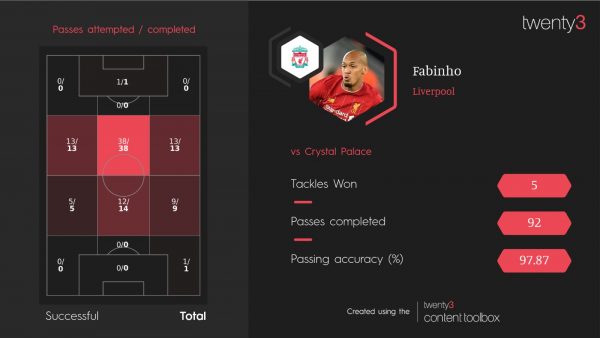
Title Winning Tactics
Liverpool’s shape was reassuringly familiar, and there won’t be many arguments against the suggestion that it was Liverpool’s strongest XI.
There are a few quirks in this tactical setup, but in its basic form it’s a 4-3-3 with attacking full-backs, and Firmino dropping deep to form a 4-4-2 diamond.
Jurgen Klopp's tactics from Dortmund to Liverpool pic.twitter.com/pTJd8aO6jf
— James Nalton (@JDNalton) July 16, 2019
It’s far from the only formation or shape Klopp has used during his time at Liverpool, but it’s one which has seen the team transformed from outsiders, to challengers, to winners.
Roberto Firmino dropped off the opposition defence ready to press, ready to create, and ready to link-up play.
The prime example of this is the Sadio Mane goal that wrapped up the points for the Reds, but it was on show from the opening minutes of the game.
Such a clear look at Liverpool’s false 9 + wide striker system there following Palace’s goal kick
— reverse_ball (@reverse_ball) June 24, 2020
The first image shows Liverpool’s shape a few minutes into the game following a Crystal Palace goal kick.
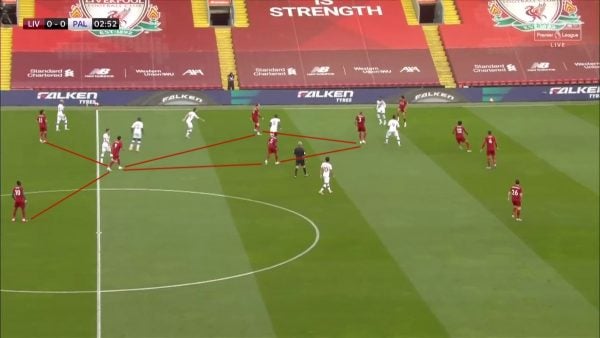
The next image shows the shape as Sadio Mane and Mohamed Salah broke beyond Firmino, who had dropped deep into rare space in midfield, ready to receive Mane’s clever flick which started the move. Mane was on his bike instantly after playing the pass.
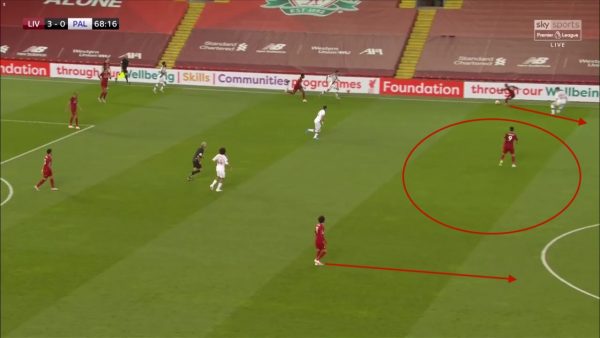
It’s a theory in practice, and has provided a platform for Liverpool’s success.
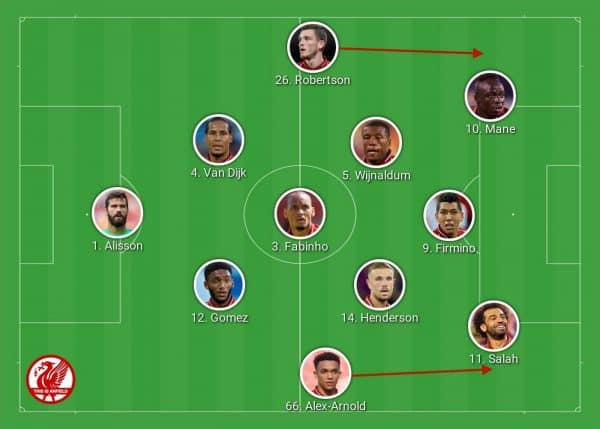
Pressure Drop
Despite having 74% possession in the game against Crystal Palace, Liverpool still made more pressures in total than their opposition (124-114).
The ‘pressures’ stat, from FBref, counts the number of times pressure is applied to an opposition player receiving, carrying, or releasing the ball, and is a good metric to use to help measure how good a pressing unit Klopp’s side are.
So it’s no surprise that Liverpool lead the league for pressures applied in the attacking third, with 1520 in total so far this term. This is 91 more than Southampton, who are second for this stat, and 128 more than Man City.
Liverpool didn’t let Palace to get anything going in attack, allowing an average of just over five passes per defensive action (PPDA) in their own half, compared the 79 PPDA Roy Hodgson’s side allowed Liverpool, shown below via Understat.
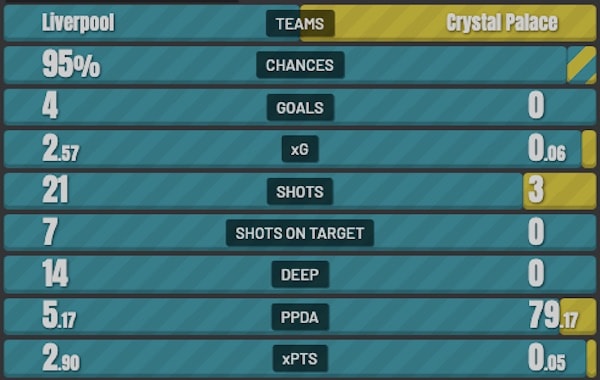
The London side came into this game just four points off a European place, and with one of the best defensive records in the league. Breaking them down is no easy task but Liverpool did so convincingly.
Palace had the joint-third best defensive record at the start of the game.
They had conceded 1.07 goals per game on average this season.
They've just conceded four, with one off the post, among 21 shots in 90 minute.
And no touches in LFC's box themselves.
Utterly bossed.
— Karl Matchett (@karlmatchett) June 24, 2020
Klopp had high praise for Hodgson before the game, and revealed that he was one of the managers he and his mentor, Wolfgang Frank, would study.
“Brilliantly organised,” Klopp said of Hodgson’s sides. “When I was a young coach I had a couple of videos from my former coach, who I would say was my mentor, to learn more about football.
“Most of them were from Arrigo Sacchi, the others were Roy, when he was working for Switzerland.
“I realised I never told him that, I’m not sure it’s important information, but I told him anyway and he liked it.”
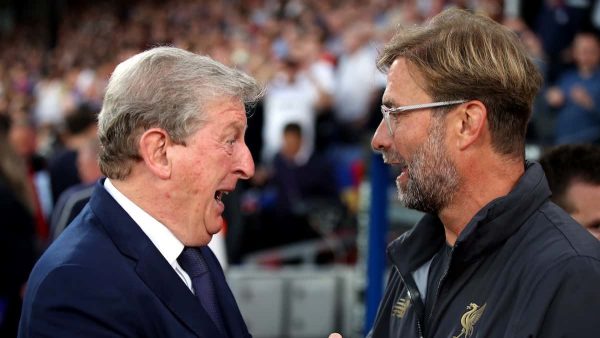
Hodgson replied when told of Klopp’s anecdote: “That was nice, very complimentary. I didn’t realise that of course, but he certainly doesn’t need any help now with his work.
“He’s been quite incredible this year what he’s achieved with this club since he arrived here, quite incredible. Whenever you come to Anfield it was a tough ask, but the task has got even tougher since Jürgen took over.”
Three Point Plan
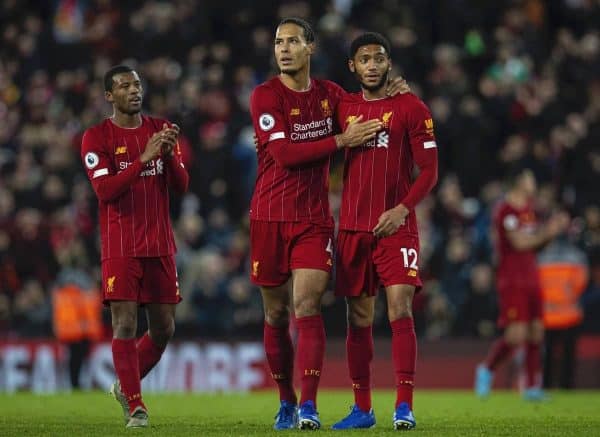
One of the aforementioned quirks in Liverpool’s tactical plan is their use of the two midfielders either side of Fabinho.
In a standard 4-3-3 the job of building up play alongside the defenders usually falls to the central defensive midfielder, who drops between the centre-backs to form a back three in the first phase of possession.
This is not always the case for Liverpool, though, who will use the shuttling midfielders who operate in the half-spaces — Jordan Henderson and Georginio Wijnladum in this case — to form a back three on either side of the defenders, rather than between them.
The image below shows Henderson doing that job, moving into the space Alexander-Arnold has vacated at right-back. On the other side, Wijnaldum has taken up a more advanced role with Robertson slightly deeper.
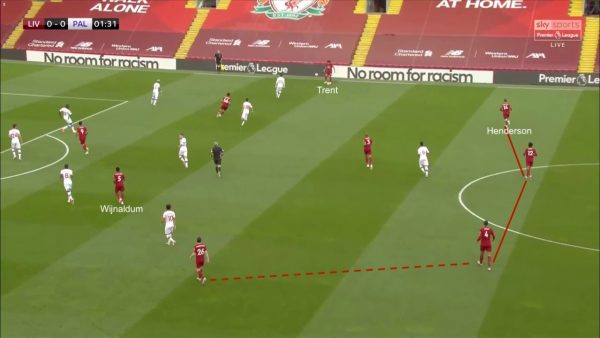
In the next image, the roles are reversed. Wijnaldum has dropped in on the left with Robertson up on the left-wing, while Alexander-Arnold is more reserved and Henderson, not even in shot, more attacking.
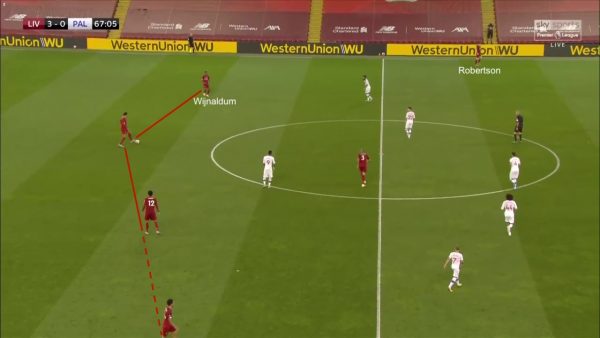
This shows the functional nature of Liverpool’s midfielders, as well as the relationship between them, the full-backs, and the central defenders. It also indicates how the full-backs are always aware of the others’ position, despite being on opposite sides of the pitch.
Despite this, one forward, one back situation early in the build-up, it’s not uncommon to see both full-backs forward, at which point the wide midfielders will both cover for them as well as providing an option for a pass.
A One-Game Pre-Season & New Tactical Opportunity
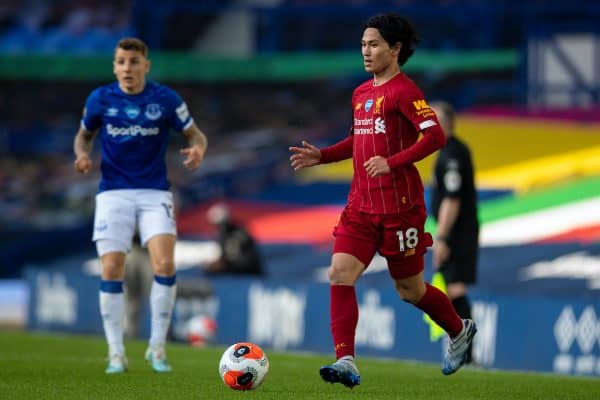
The season restart began against Everton, a similarly well-organised outfit in a game that — due to some unexpected starters, the absence of Salah and Robertson, plus the number of subs — almost had the feel of one of those pre-season friendlies against Tranmere Rovers, only with better quality opposition.
If you were to pick any manager to nullify Klopp’s Liverpool, it would probably be Ancelotti. His 4-4-2 formation resulted in two wins and a draw for Napoli against the Reds in four Champions League games, and his Everton side stifled Liverpool and almost snatched a win in the first Premier League meeting between the two managers.
Everton defended with a midfield four which was stationed where a defensive line might normally be, and a defensive line where you might normally see a keeper sweeping up.
Ancelotti has mentioned his 4-4-2 in pretty much every interview since football's return. Here it is in all its glory from Everton's average positions vs Liverpool. pic.twitter.com/zMFmNdeNFA
— James Nalton (@JDNalton) June 22, 2020
Klopp was able to make use of a new tactical opportunity in this return to action. Teams can now make a total of five substitutions but still only have three windows in which to do so. However, a substitute made at half-time doesn’t count towards the three, and this is something Klopp utilised in the Merseyside derby.
Takumi Minamino started his first Premier League game for the club, working on the right of the front three for 45 minutes. Working being the operative word, given the shift he put in, and it’s more than feasible that his half of action, before being subbed at the interval, was part of the plan before the match.

Minamino made a total of 13 pressures in that half of football. For context, the most made in the Palace game was 20 by Fabinho in a full 90 minutes.
The extra subs can help teams tactically if the managers use them well, and that’s especially the case for high-intensity, high-pressing teams such as Liverpool. It might even allow them to ramp up the intensity further, using certain players in shorter but more intense spells, a slightly more restricted version of the way some forwards are used in shifts in rugby league.
Though the game against Everton had that pre-season feel, the starting XI that faced Palace in the first home game back was very much designed to get the job done, and it was a job well done.
It was a performance worthy of champions, fittingly using the tactics which have made them so successful during the past 18 months.



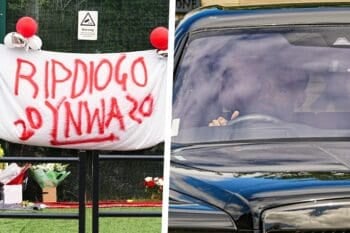



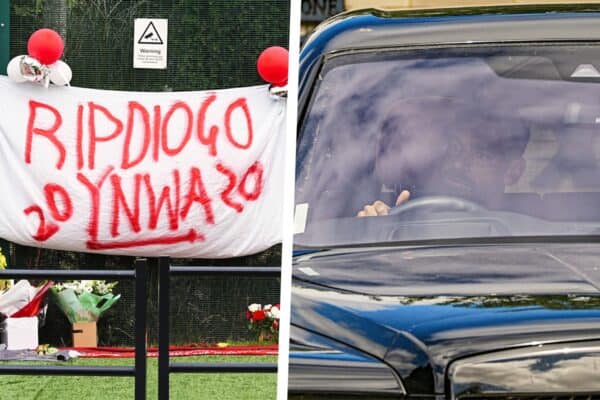


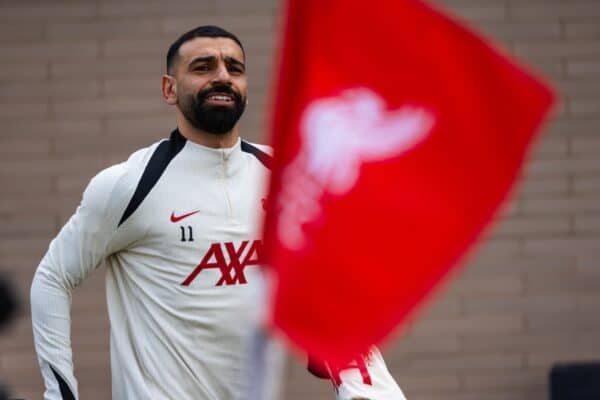
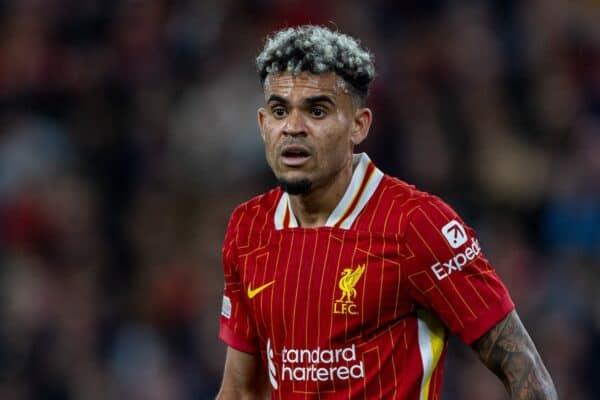
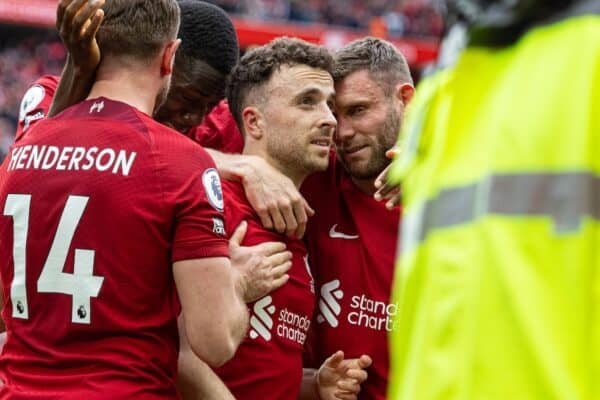




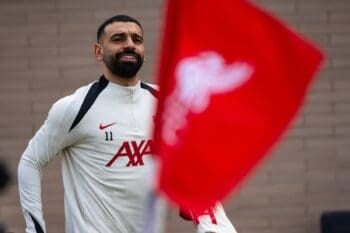
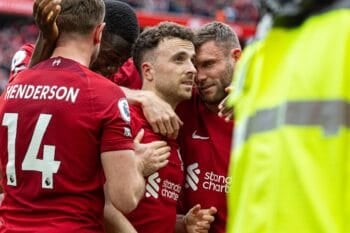
Fan Comments